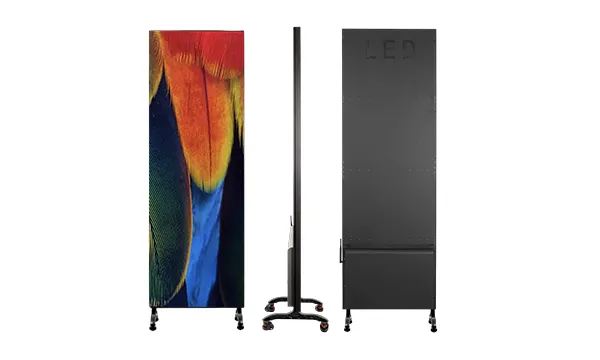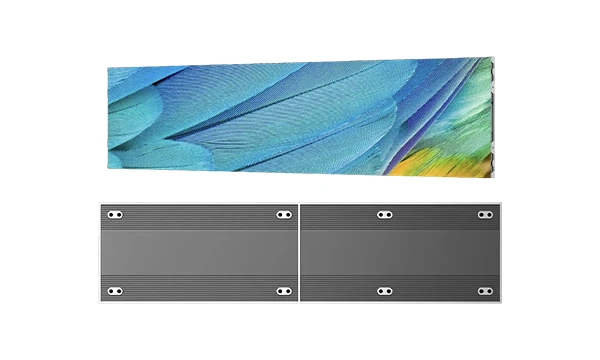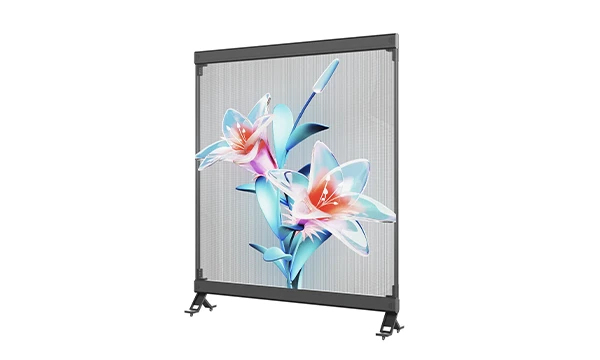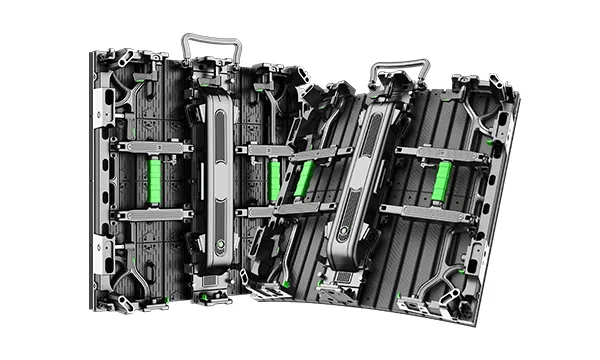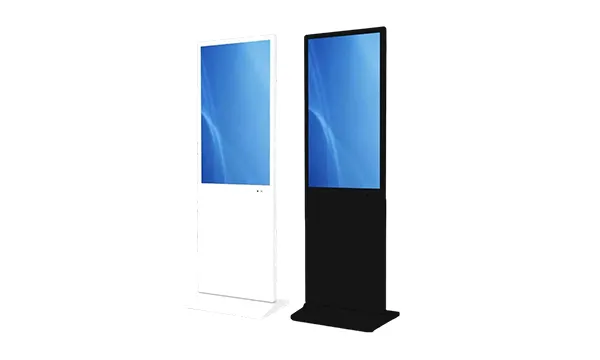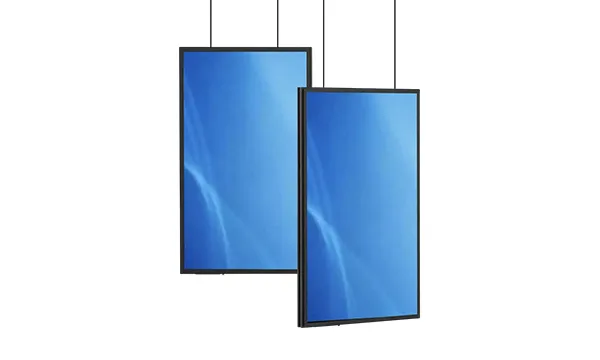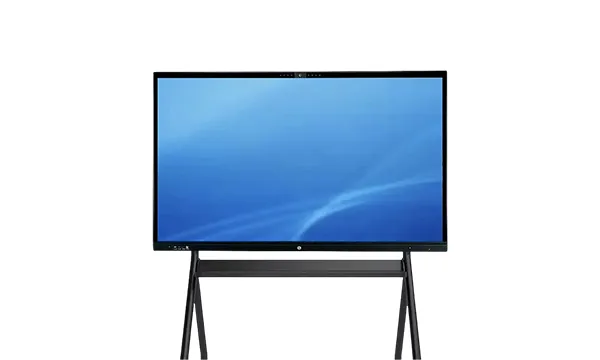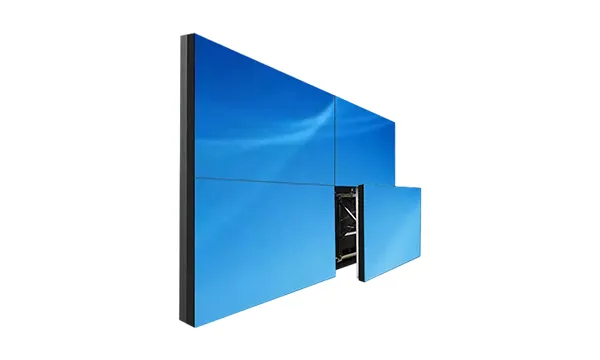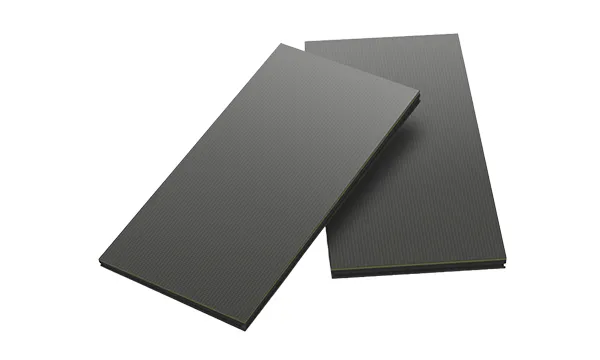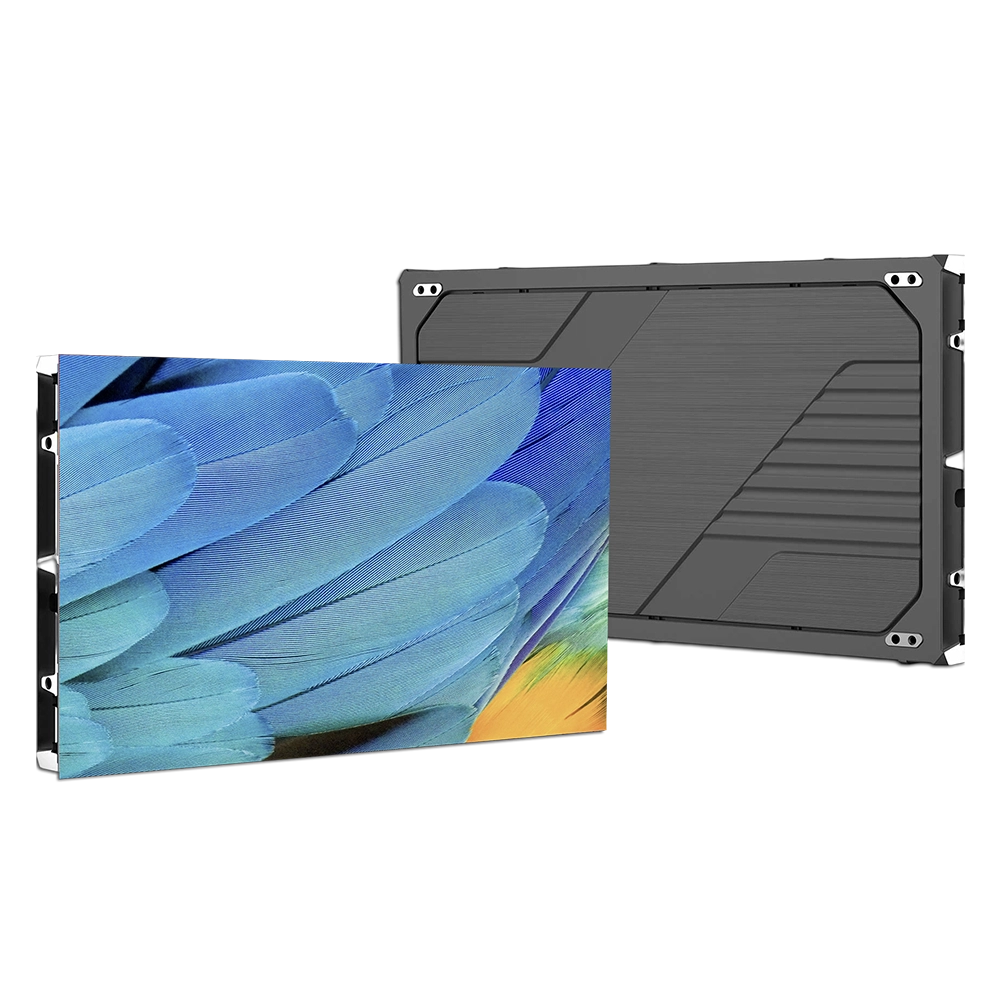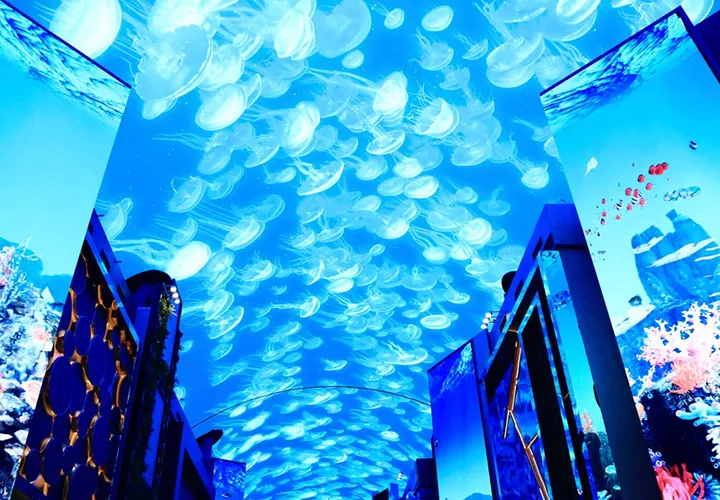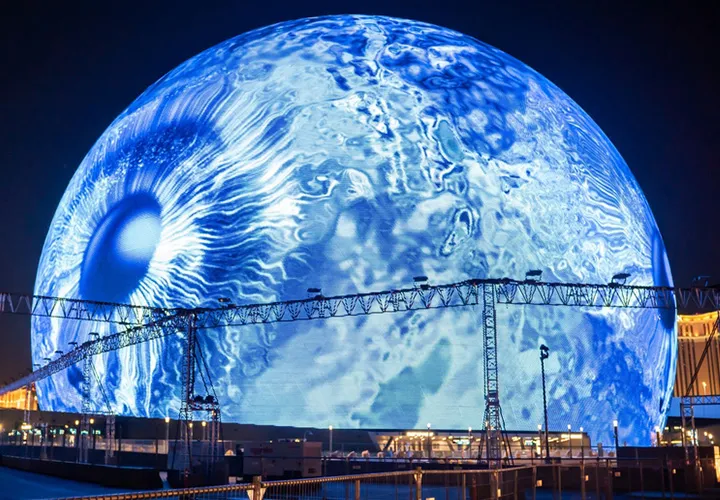In the rapidly evolving world of display technologies, COB (Chip-on-Board) Virtual Pixel has emerged as a groundbreaking innovation, redefining clarity, efficiency, and visual performance. Whether you’re a tech enthusiast, a professional in the AV industry, or simply curious about cutting-edge advancements, this blog dives deep into why COB Virtual Pixel is revolutionizing LED displays and what makes it a game-changer.
What is COB Virtual Pixel?
COB (Chip-on-Board) technology integrates multiple LED chips directly onto a circuit board, eliminating traditional packaging methods like SMD (Surface-Mounted Device). This results in a denser, more robust pixel arrangement. Virtual Pixel, on the other hand, is a software-driven technique that enhances perceived resolution by allowing physical pixels to be shared between adjacent virtual pixels.
When combined, COB Virtual Pixel leverages both hardware excellence and algorithmic intelligence to deliver displays with unprecedented sharpness, color accuracy, and reliability.

How Does COB Virtual Pixel Work?
- Hardware Foundation:
- COB technology bonds LED chips directly to the substrate without individual lenses or brackets. This reduces gaps between pixels, minimizes dead space, and improves heat dissipation.
- The absence of traditional packaging also makes COB displays more durable, resistant to moisture, dust, and physical impact.
- Virtual Pixel Algorithm:
- Virtual Pixel technology uses advanced algorithms to “split” physical pixels into smaller, virtual sub-pixels.
- By dynamically adjusting color and brightness data across neighboring pixels, the system creates the illusion of a higher-resolution image. For example, a display with a physical resolution of 2K can mimic a 4K experience.
Key Advantages of COB Virtual Pixel
- Superior Image Quality:
- Eliminates the “screen door effect” (visible gaps between pixels) common in traditional LED displays.
- Delivers smoother gradients, deeper contrasts, and lifelike visuals even at close viewing distances.
- Energy Efficiency:
- COB’s compact design reduces power consumption while maintaining brightness. Virtual Pixel optimization further enhances efficiency by intelligently allocating light output.
- Durability & Longevity:
- COB’s rugged structure ensures resistance to environmental stressors, making it ideal for outdoor installations, stage productions, and 24/7 operations.
- Cost-Effective High Resolution:
- Achieves near-4K quality without the need for exponentially more physical pixels, lowering production and maintenance costs.
Applications of COB Virtual Pixel
- LED Video Walls:
- Perfect for control rooms, broadcast studios, and public venues where seamless, high-resolution visuals are critical.
- XR (Extended Reality) Production:
- Virtual Pixel’s precision enhances virtual and augmented reality setups by reducing motion blur and pixelation.
- Retail & Advertising:
- Captivate audiences with ultra-vivid digital signage that remains crisp even in bright environments.
- Fine-Pitch Displays:
- Ideal for luxury retail, museums, and corporate lobbies demanding art-grade clarity.
Challenges and Future Trends
While COB Virtual Pixel is transformative, challenges remain:
- Manufacturing Complexity: COB production requires advanced precision, raising initial costs.
- Content Optimization: To fully exploit virtual pixel benefits, content must be tailored to the technology’s capabilities.
Looking ahead, expect:
- AI-Driven Enhancements: Machine learning could automate pixel calibration for real-time optimization.
- Mini/Micro-LED Integration: Combining COB with Micro-LEDs may push resolutions beyond current limits.
COB Virtual Pixel represents a seismic shift in display technology, blending hardware innovation with intelligent software to unlock new possibilities. As industries demand higher resolutions, better durability, and energy efficiency, this technology is poised to dominate sectors from entertainment to smart cities.
Whether you’re upgrading a conference room or designing a futuristic digital experience, COB Virtual Pixel isn’t just an option—it’s the future.


